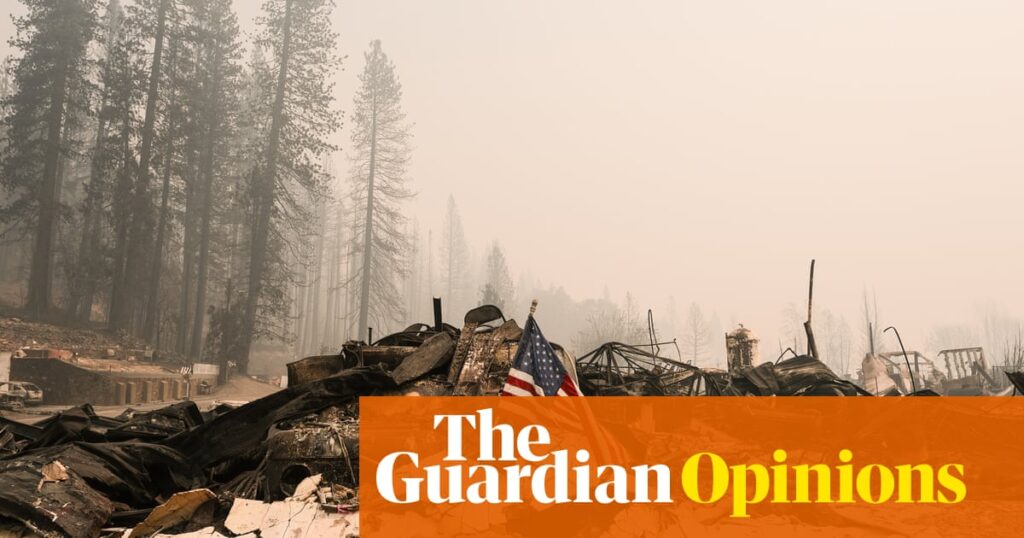The urgency of addressing climate change cannot be overstated. While technological innovations offer hope, existing solutions hold the key to immediate action.
Effective climate solutions are often overlooked in favour of unproven future technologies, delaying necessary progress.
The Illusion of Technological Salvation
In today’s rapidly evolving climate landscape, there’s a pervasive narrative spearheaded by tech visionaries who frequently promise new technological breakthroughs to address the climate crisis. Yet, these promises often overlook the fact that viable solutions are already accessible and continue to improve in efficacy and affordability. The infatuation with futuristic technology creates an excuse to dismiss these existing solutions, resulting in a dangerous delay in climate action.
Former Google CEO, Eric Schmidt, recently exemplified this mindset at an artificial intelligence conference in Washington DC. He argued for prioritizing AI development over current climate goals, suggesting that AI might someday solve the climate issue. Such statements illustrate a worrying inclination to gamble on future innovations rather than capitalising on existing, proven solutions.
The Threat of Ignoring Current Solutions
Scientific consensus is clear: we are at the edge of an irreversible climate crisis. Immediate action is paramount. However, the narrative that discounts current solutions in favour of untested future technologies has become a substantial barrier to progress. Delays in implementing these solutions risk further environmental degradation and undermine global efforts to combat climate change.
An influential group of scientists has warned of the imminent threat, advocating for swift and decisive action. The insistence on hypothetical solutions only serves to stall necessary measures, illustrating that the real challenge is not the absence of solutions but the refusal to implement them effectively.
The Role of the Wealthy in Climate Change
The concentration of wealth among a small elite is a significant factor in the current climate discourse. With enormous resources at their disposal, billionaires like Schmidt possess the influence to drive meaningful change, yet many abstain from using it constructively. This avoidance results in prolonged fossil fuel dependence.
Moreover, the carbon footprint of the richest 1% dwarfs that of the poorest 66%. This disparity highlights the critical role these individuals play in the climate crisis. Their potential to spearhead the transition to renewable energy is immense, yet remains largely untapped.
The wealthy’s impact on climate change extends beyond their carbon emissions. Their clout shapes policy and public opinion, often diverting attention from viable, immediate solutions to grand technological fixes that promise future rewards but neglect present needs.
Proven Solutions Already Exist
Despite the clamour for new technologies, numerous solutions to climate issues are already within reach. Renewable energy sources like solar, wind, and hydropower have seen incredible advancements, providing sustainable alternatives to fossil fuels. Implementing these technologies at scale could drastically reduce carbon emissions.
Regions such as California exemplify how renewables can meet energy demands efficiently. On many days, the state’s energy needs are fully met by sustainable sources, demonstrating the feasibility of a transition to green energy.
The Importance of Immediate Implementation
The prioritisation of speculative future technologies over immediate implementation of available solutions is a perilous course. The need for action is urgent, and the delay in deploying current technologies only exacerbates the issue. It’s imperative to focus on scalable solutions that can be enacted now to avert further environmental damage.
Alongside transitioning to renewables, protecting natural ecosystems and reimagining sustainable living practices are vital. The time for action is now, not when theoretical technologies might become viable.
Sustainable strategies are already developed and awaiting execution. The task at hand is not inventing new solutions, but employing the ones we have on a global scale.
Social and Economic Adjustments for Climate Solutions
A successful transition to a sustainable future requires more than technological changes. It demands substantial social and economic adjustments that challenge current consumption patterns. Reducing consumption and increasing efficiency are pivotal to this transition. Embracing simpler, more sustainable lifestyles complements technological advancements and is integral to the greater solution.
This shift necessitates a collective effort to adjust societal norms and values. By prioritising sustainability over profit maximisation, society can align economic activities with environmental goals. Technological solutions must work in tandem with these social changes for effective climate action.
A Call to Action
The solutions for a climate-ready future are within our grasp, yet implementation remains inconsistent. It’s critical to move beyond procrastination and excuses, embracing the existing solutions with the urgency they deserve. The time for action is now, and every moment of delay compounds the challenges we face.
Adopting current climate solutions is crucial as delays endanger our planet’s future. The time for decisive action is now.
The focus must shift from speculative innovations to deploying available technologies efficiently, ensuring a sustainable future.


